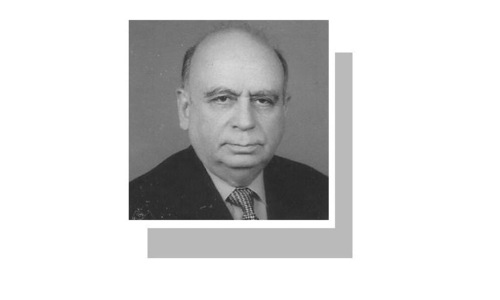NEW DELHI: India has banned the burning of cow dung near the Taj Mahal amid fears the famed white-marbled mausoleum was turning yellow from air pollution, an official said on Tuesday.
Authorities have long struggled to control the impact of pollution on the stunning 17th-century monument to love in the northern city of Agra, which attracts millions of tourists each year.
The ban on Agra residents burning cow dung, a common fuel source, is aimed at reducing carbon deposits on the Taj’s walls, spires and domes, said Pradeep Bhatnagar, chairman of the area known as the Taj Zone.
“From time to time there are concerns that the colour of the Taj is changing,” said Bhatnagar said.
“So at a recent meeting it was decided that there should be a ban on burning cow dung fuel within the city limits.
“There is an aesthetic aspect to it as well.
We don’t want the city’s walls to be plastered with cow dung,” he said.
Dried cow dung is commonly used in rural areas as a cheap source of fuel for heating and cooking. Women knead fresh dung into melon-size balls before flattening them against walls to dry — a common sight throughout India.
A recent study into the discolouration of the monument by experts from United States and Indian universities and the Archaeological Survey of India, found that dust was to blame for the majority of the yellowing, with carbon deposits were responsible for the rest.
 |
“We couldn’t have done much about the dust but we decided to plug the source for the carbon particulate matter which was the burning of organic matter,” Bhatnagar said.
Bhatnagar said Agra residents would now be encouraged to use cleaner fuel, adding that they would be given gas connections.
Trucks using diesel will also be asked to switch to compressed natural gas by July, local media reported.
The ban comes after an air quality monitoring system was set up near the Taj.
In 1996 the Supreme Court banned use of coal by industries located within a 10,400-square kilometre zone around the monument.
The Unesco world heritage site was built by Mughal emperor Shah Jahan as a tomb for his beloved empress, Mumtaz Mahal, who died during childbirth in 1631.
Published in Dawn, January 14th, 2015
On a mobile phone? Get the Dawn Mobile App: Apple Store | Google Play














































